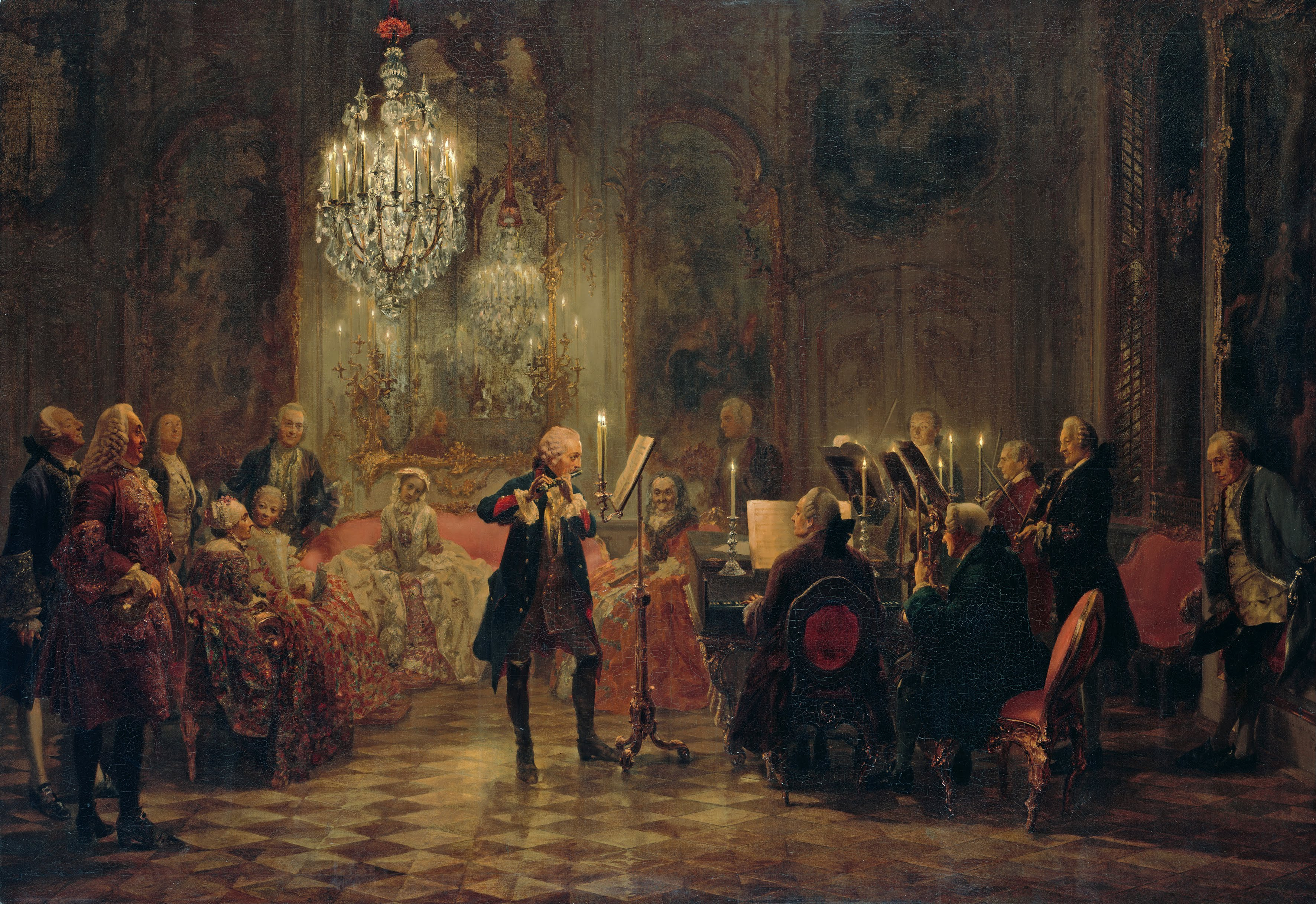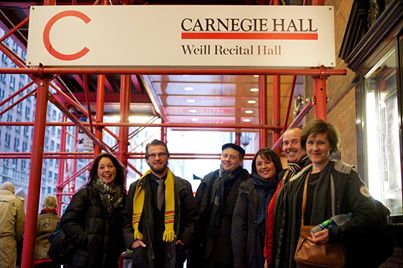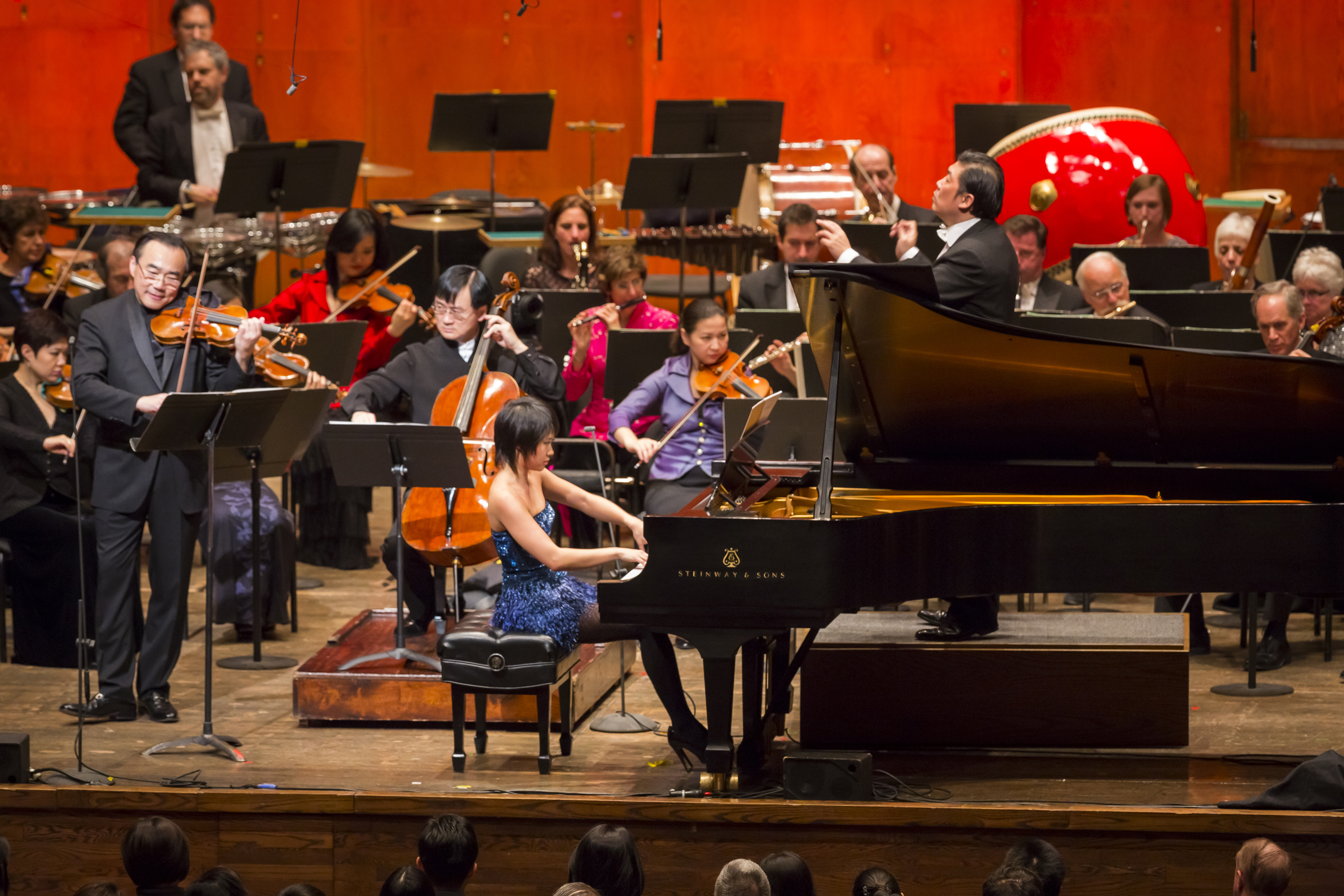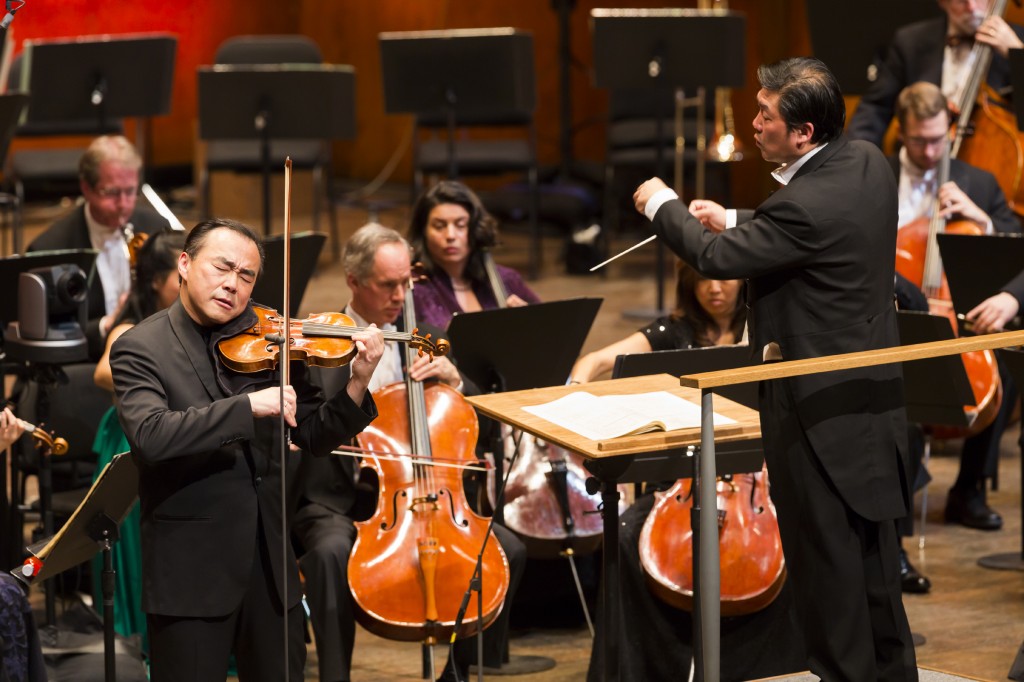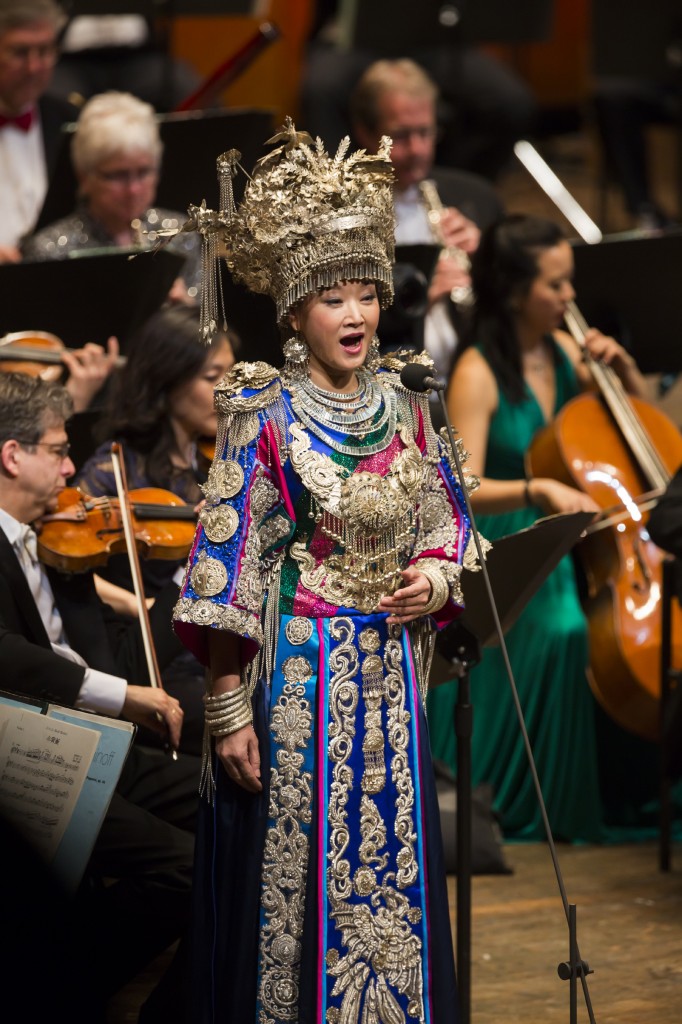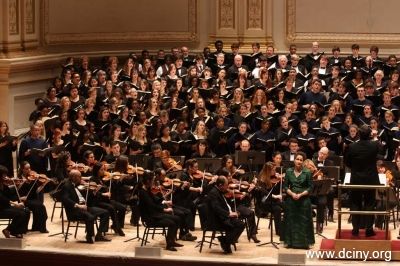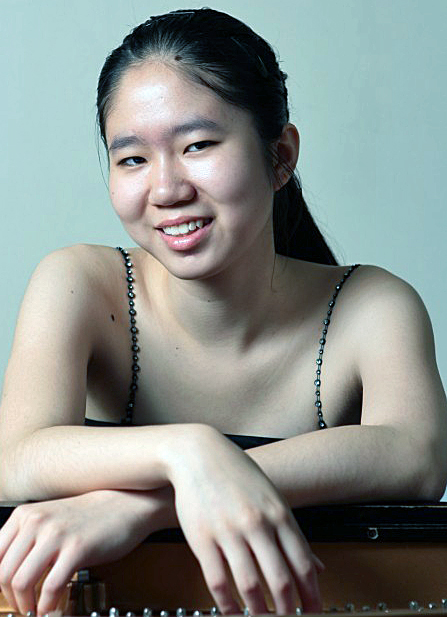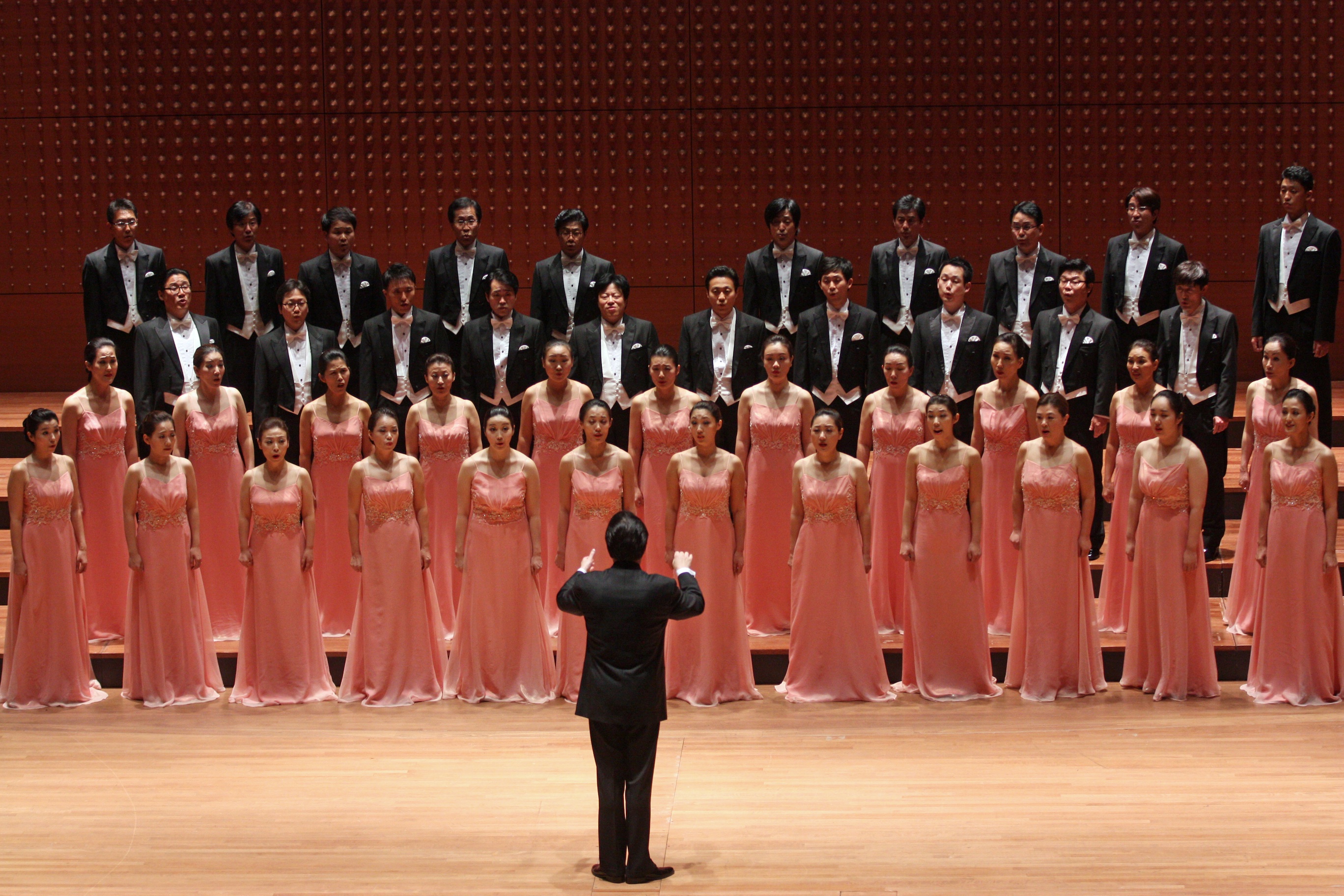Distinguished Concerts International New York (DCINY) is well known for their large concert productions featuring many hundreds of performers from around the globe. What might be not as well known is that DCINY also presents smaller concerts in much more intimate venues. Such was the case with “a cappella NEXT,” a concert focusing on contemporary choral music showcasing the talents of three outstanding a cappella ensembles in Weill Recital Hall on March 21, 2014.
Opening the concert was the University of California at Berkeley (UC Berkeley) Chamber Chorus. They began with a solid and well delivered selection entitled, “Let Everything that hath breath praise the Lord” from Requiem: A Dramatic Dialogue by Randall Thompson (1899-1984), who taught at UC Berkeley in the 1930s. The ensemble segued from this work into Ashes from alumni Trevor Weston (b. 1967). This work is a meditation on 9/11. The word “ashes” refers both to Psalm 102 and to the debris from the aftermath of the attack. The program notes make reference to an aural depiction of the fall of the twin towers, an effect this listener found to be far too glib at best, especially in contrast with the actual event, still very much burned into one’s consciousness. This very large reservation notwithstanding, the work at other moments was hauntingly moving and was given a beautiful performance overall. Awit sa Panginoon, by another alumnus, Robin Estrada (b. 1970), followed. This work uses the text of Psalm 30:1-6, set in the folk style of the composer’s native Philippines and employing extended vocal techniques. The placement of the two singers casually sitting on the stage ledge lent a certain charm to their duet and suggested an offhandedness belying the work’s challenges. It was delightful. The remaining works, Excerpts from Sephardisms II by Jorge Liderman (1957-2008),”Winter” from The Seasons by Richard Feliciano (b. 1930), and “Vesna” from Pory Roku by Lesia Dychko (b. 1939), were all given highly polished performances. The desolation and sparseness of “Winter” gave way to the joyous optimism of Spring in “Vesna”, which brought the last of the UC Berkeley Chamber Chorus’ selections to a happy close. The energetic and personable Marika Kuzma led her ensemble through this varied program with precise attention to detail. As she wrote in her program notes about her ensemble’s eclectic selections, “it’s all good.” Not only was it “all good,” but it was all given an excellent performance.
After a short break, NOTUS, the Indiana University (IU) Contemporary Vocal Ensemble took to the stage. They opened with the World Premiere of To The Roaring Wind from Zachary Wadsworth (b. 1983), which uses the Wallace Stevens two-line poem of the same name for the text. It is a dramatic and highly effective work that should find a place in the a cappella repertoire. NOTUS gave this work a top-notch performance, with excellent uses of extended vocal techniques, and great clarity of sound. Another World Premiere followed, Virginia: The West, by composer Aaron Travers (b. 1975). Using the poem of the same name from Walt Whitman’s Drum Taps, it was given a nuanced performance that captured Whitman’s powerful imagery. The “Passacaglia” from the 2013 Pulitzer Prize winning Partita for 8 Voices by Caroline Shaw (b. 1982) came next. NOTUS showed how prepared they were in a rendition that was at all turns simply astonishing. They tackled the multi-layered complexities with ease and delivered a performance to remember. O Virtus Sapientiae by Dominick DiOrio (b. 1984) proved that Mr. DiOrio is not only an outstanding director, but a talented composer as well. His ingenious setting of Hildegard von Bingen’s original chant was breathtaking. It was a slight disappointment that the three soloists were not positioned in the North, South, and West directions as indicated in the program notes, probably because of the limited space, but this is a small quibble that in no way detracted from the performance. NOTUS ended their portion of the program with Zephyr Rounds by Robert Vuichard (b. 1986). This clever work used the text of John 3:8. With its unconventional meter (13/8), Zephyr Rounds has a feeling of continuous, bustling motion. It was given a joyous and energy-packed performance. Dominick DiOrio led NOTUS with ebullience, weaving a tapestry of golden sounds. He is also to be commended for crediting the fine soloists from the stage, a nice gesture that this listener very much appreciated.
After another short break, the last ensemble on the program, the Ad Astra Singers, took the stage. Hailing from Wichita, Kansas, the Ad Astra singers take their name from the state motto Ad Astra per aspera (“To the stars through difficulties”). One can say with confidence that this fine ensemble did not show any indications of “aspera”! The World Premiere of Four Haikus by Aleksander Sternfeld-Dunn opened their program. The text for these haikus was inexplicably omitted from the program notes, which struck this listener as careless, but the work was compelling. Ad Astra showed right from the start that they are the “real deal” in a performance filled with charm and wit. Two works from Jean Belmont Ford (b. 1939) followed, “Draba” from A Sand Country Almanac, and the World Premiere of Love Song. Both are works of a highly skilled composer and both exploited the talents of Ad Astra in compelling fashion. The close harmonies were executed to perfection, and the balance of voices was superb throughout. O Magnum Mysterium from Wayne Oquin (b. 1977) was next, and the pattern of excellence continued in a precise and radiant performance. Ending with Cantus Gloriosus by Polish composer Józef Świder (b. 1930) was a good choice, as it was yet another example of the rich voice blending and balance in which Ad Astra excels. It was a glorious end to a glorious program. One must tip one’s hat to the fine work of director John Paul Johnson, who led Ad Astra with the steady hand of a master.
A final thought – while it was good to have the English translations to the texts to most of the works, it was a glaring oversight to omit the original texts in the language in which they were written (and sung). The reason to include texts is to allow listeners to follow along, even if they do not understand the language. Connecting the strains of foreign languages to the printed English did not enhance the otherwise musically enjoyable experience.


